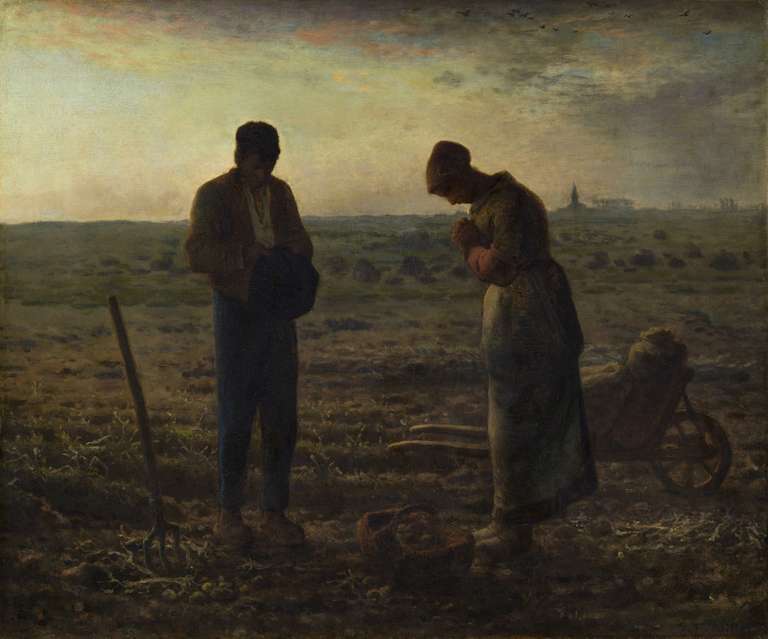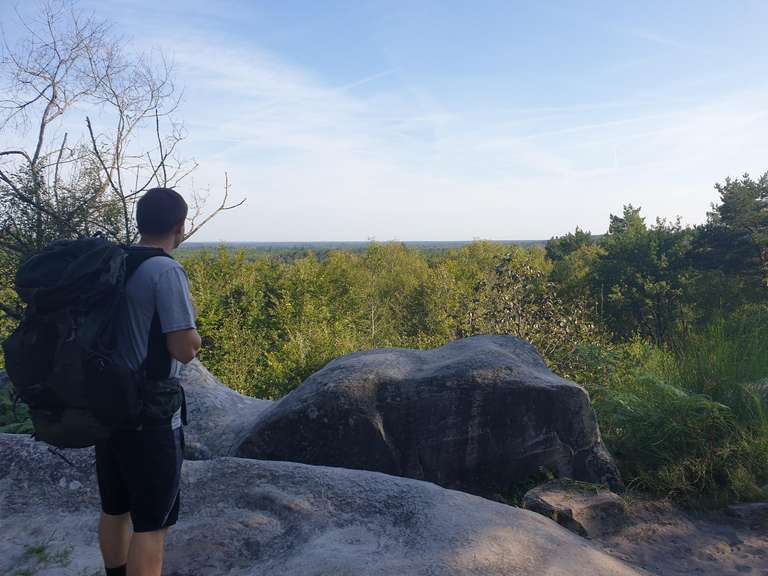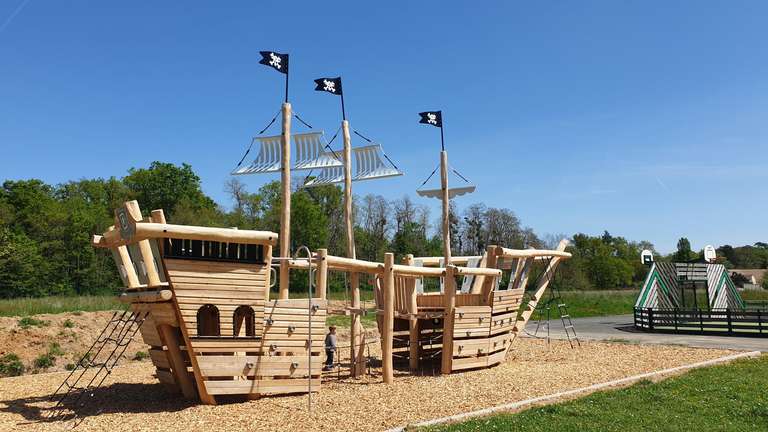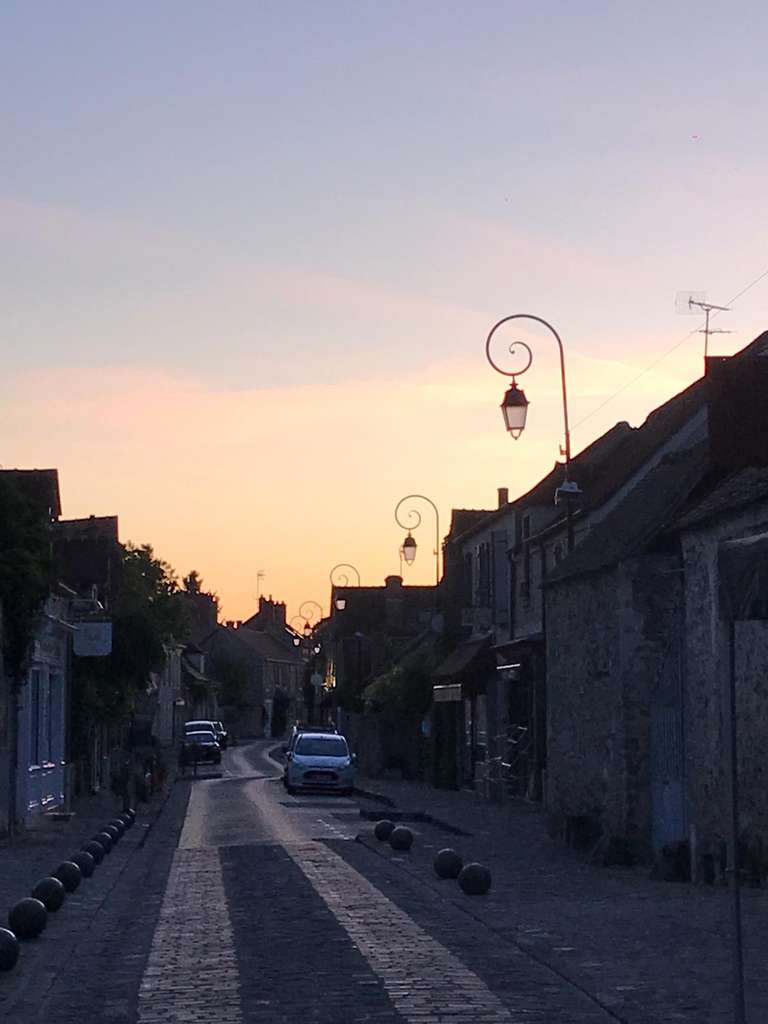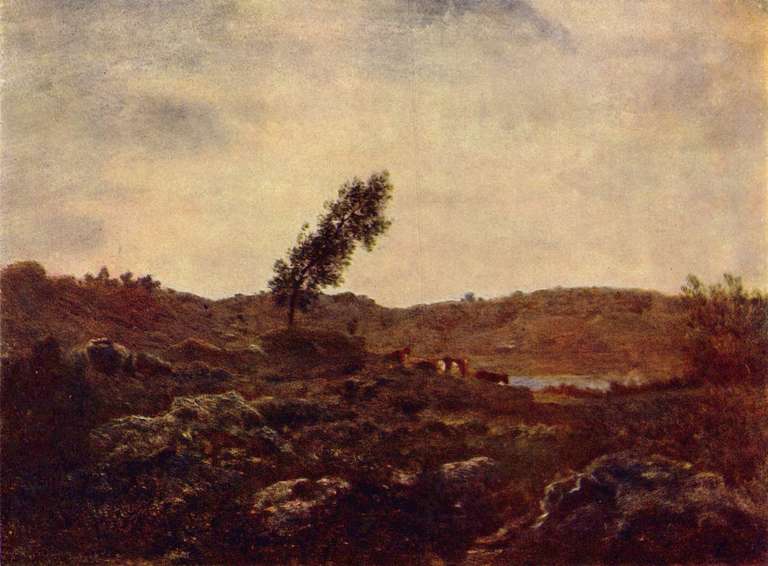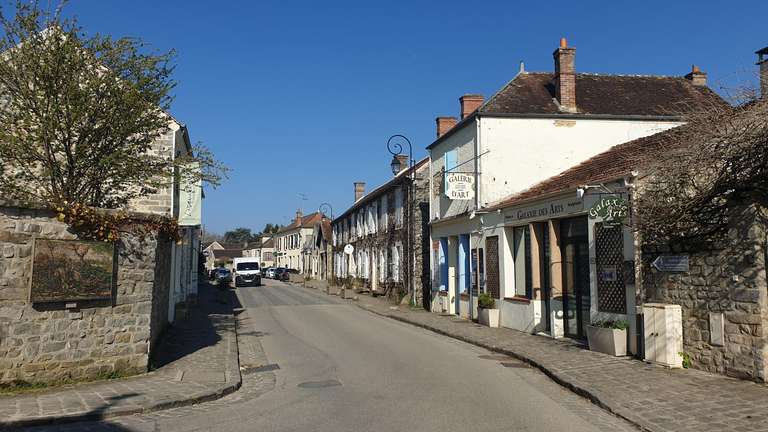Barbizon

Barbizon, a commune in the Seine-et-Marne department of Île-de-France, became a famous artists’ colony in the mid-19th century. Located near the Fontainebleau Forest, it attracted artists from across Europe and America, drawn by its natural beauty and the creative atmosphere.
Table of Contents
History
By the 1850's, foreign artists joined their French counterparts in Barbizon, creating a lively cultural scene. The Siron Hotel opened an exhibition space in 1867, welcoming painters and writers such as Robert Louis Stevenson.
Key figures of the Barbizon School, including Jean-François Millet and Théodore Rousseau, were instrumental in establishing Barbizon’s reputation. After 1875, younger artists like Claude Monet, Pierre-Auguste Renoir, and Alfred Sisley visited the area, continuing the artistic legacy. In 1890, the "Barbizon School" term was coined, referring to these early artists who revolutionized landscape painting.
While Chailly-en-Bière was initially more prominent, Barbizon’s popularity grew, and it became a center for writers, philosophers, and musicians. Tourism flourished, boosted by a train line from Melun. By 1903, Barbizon separated from Chailly to become its own commune, marking the end of its rural past. The town’s international artistic renown remains tied to its heritage as a haven for creatives as shown at the Barbizon Painters Museum.
Gallery
Map
Video
Places
Maire de Barbizon

